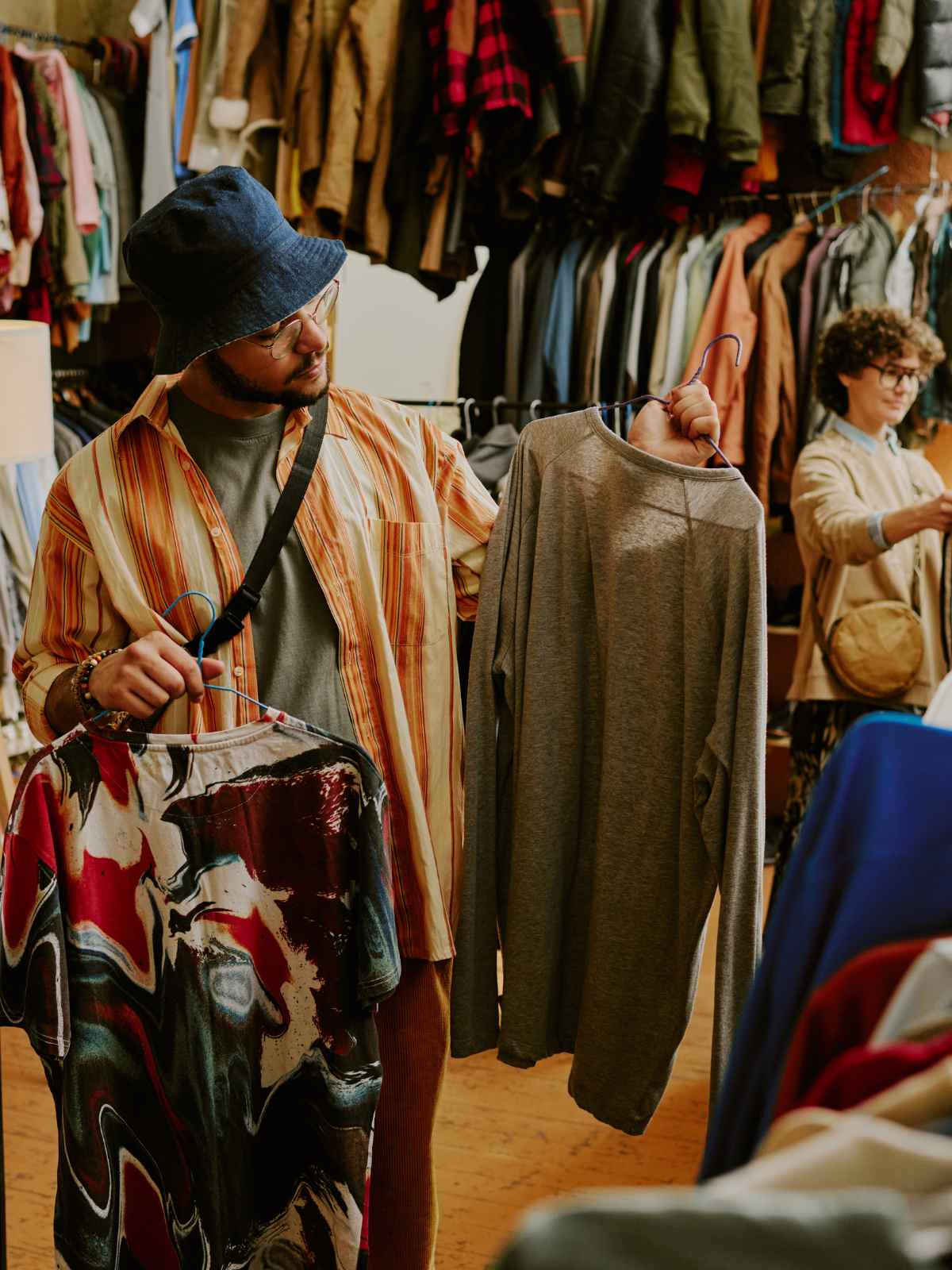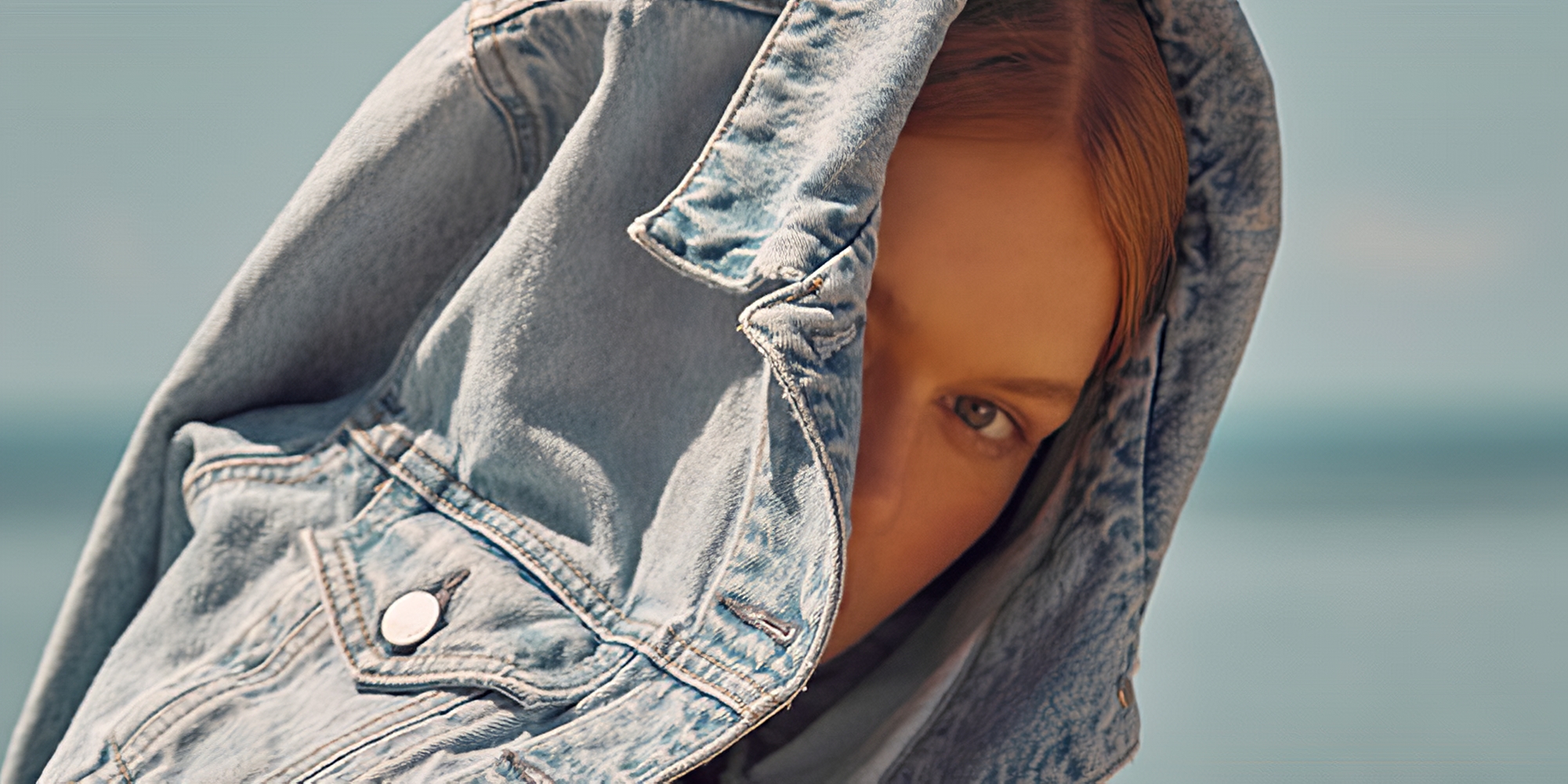This is a sponsored article about a brand that was independently assessed by our rigorous ratings system. We’re proud to only collaborate with “Good” and “Great” rated brands. Learn more.
‘What came first, the chicken or the egg?’ It’s a classic head-scratcher that people like to throw around in situations they deem too difficult. And, if you’ll take another idiom, the ‘too hard basket’ of society is full of tricky and sticky issues that we know must be dealt with but are put aside again and again because we can’t solve them overnight. One of the biggest plagues on the planet in the 21st century is fast fashion, and for something that has only been around for a couple of decades, it has its claws buried deep in our collective subconscious. Thankfully, circular fashion pioneer A.BCH has a plan to tackle this particular beast in Australia and beyond. Read on to discover phase one of their plan: the ‘Birth’ campaign, encouraging consumers to value their garments’ origin stories.
Our troublesome relationship with clothing

These days, the speed at which fashion trends appear and disappear seems normal, the $5 price tag too. And treating clothes shopping as a hobby, tossing out styles as quickly as you buy them, is just what you do, right? While it may be fun, our relationship with clothing isn’t as innocent as it may first appear. As we see colourful and happy advertisements plastered on those high street shop fronts, something sinister is happening behind the scenes. 93 billion cubic metres of water are being consumed in garment production each year, a staggering amount that could meet the needs of 5 million people. Speaking of people, 90% of the world’s clothing is produced in low and middle-income countries as a means of cheap labour. And out of all this unfairly paid production comes more new stuff than we know what to do with, and 84% of it ends up in landfills or incinerators. Something’s gotta give.
A.BCH tells us to fall back in love with existing garments

When we chatted to A.BCH founder Courtney Holm last time, she told us that A.BCH’s sole purpose is “to transform the way people buy, wear, and discard clothing.” It’s no mean feat, but it’s one that she and the rest of the team work towards every day. In 2020, they announced their version of a yearly fashion calendar that opposes the linear fast fashion model of ‘take, make, waste’. It’s a simple yet impactful model of three ‘seasons’—Birth, Life, and Afterlife—to reflect the life cycles of garments. “This approach gives us an opportunity to educate our customers about the role they play in this life cycle and equip them with the knowledge and necessary tools to make better decisions,” says Courtney.
We don’t release regular new collections because of our focus on ‘seasonless’, year-round, and timeless pieces. This means that every piece we launch becomes part of our collection forever.
Learn more about A.BCH’s story and mission.
Birth

The first season, ‘Birth‘, is launching on A.BCH now, but don’t expect a bunch of new styles to pack into your wardrobe. Birth is all about reflection and taking the time to learn how your garments came to be. It’s about learning to let go of the latest trends and instead turn an eye towards the clothes we already have. It’s about acknowledging that when we do need something new from time to time, we should treat it as an experience and a journey rather than a thoughtless transaction. The more we invest in the pieces we own or buy, the more likely we will work our hardest to keep them around for as long as possible and dispose of them thoughtfully—something the world sorely needs.
Our hope for this ‘season’ is to dwell on the processes that make a garment special, to hear from the people you never normally hear from, our artisan knitter, wool farmers, and textile dyers.
Join A.BCH across their digital channels this year as they dive into some of the stories from the cherished garment makers in their supply chain as a first step to transforming our relationship with clothes.
As for the chicken and the egg? What seems like a complex question has a pretty simple answer—you can’t have one without the other. So in our fight for a bright and sustainable future for people, the planet, and animals, we have to let go of consumption as we know it and use our power as conscious consumers to steer society in the right direction in fashion and beyond.
Discover our favourite sustainable items from A.BCH.






















